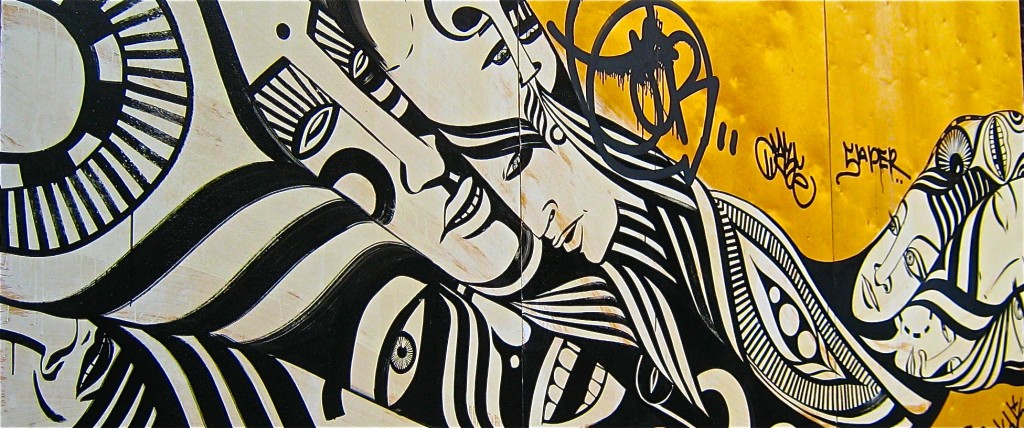Wrap Your Mind Around It
Posted on May 16, 2011 | posted by:You know those moments in cartoons when a character has an epiphany and a light bulb pops up in a cloud above their head? I had one of those. Finally. Two weeks before the end of the first year of this madness called Trans-whatever-the-hell-does-that-mean Design. About time.
But before I share my eureka moment, let me tell you how I got there.
During our Design Led Research course, the theory behind the title was lost on me for the majority of the semester. I didn’t really get it. I’ll admit it. I didn’t understand how or why “design led research” was different than just regular research. So I did what we all do when we don’t know what we’re doing and defaulted to the techniques I already knew. I incorporated design by making the topic of my research involve design. This was somewhat engaging and yielded some interesting insights, but it wasn’t until I had to translate a portfolio of written findings into something visually digestible that I began to understand what design led research aims to achieve.This is when the epiphany hit. I realized that in order for me to translate my written findings into something visual, I had to change the way my thoughts looked. In order to alter the way my thoughts looked, that means my thoughts look like something to begin with.
My thoughts look like something. Why had I never realized this before?!
When I saw the wide range of mediums though which my peers had applied their findings into a physical form in the final class of Design Led Research I began to really comprehend the vastness of the way thoughts can look. As a writer, my thoughts usually look like words, often metaphors, and then come to life through language. Therefore my thoughts look like words in my head. Another classmate mentioned she processes everything formally – as in shapes. She and I could be thinking the same thing, and yet our thoughts will literally look completely different in our minds.
Maybe I’m late to the game with this revelation, but it certainly helped me wrap my head around how and why Design Led Research was different than regular research. Eventually something has to be visualized, and if you’re not used to visualizing your thinking, the exercise will force you to reframe your thoughts, and therefore reframe your findings.
Whether it’s a true epiphany or just a minor revelation, it has certainly given new context to the phrase – “I need to wrap my mind around it.” It might just mean you need to change the wrapping paper.
